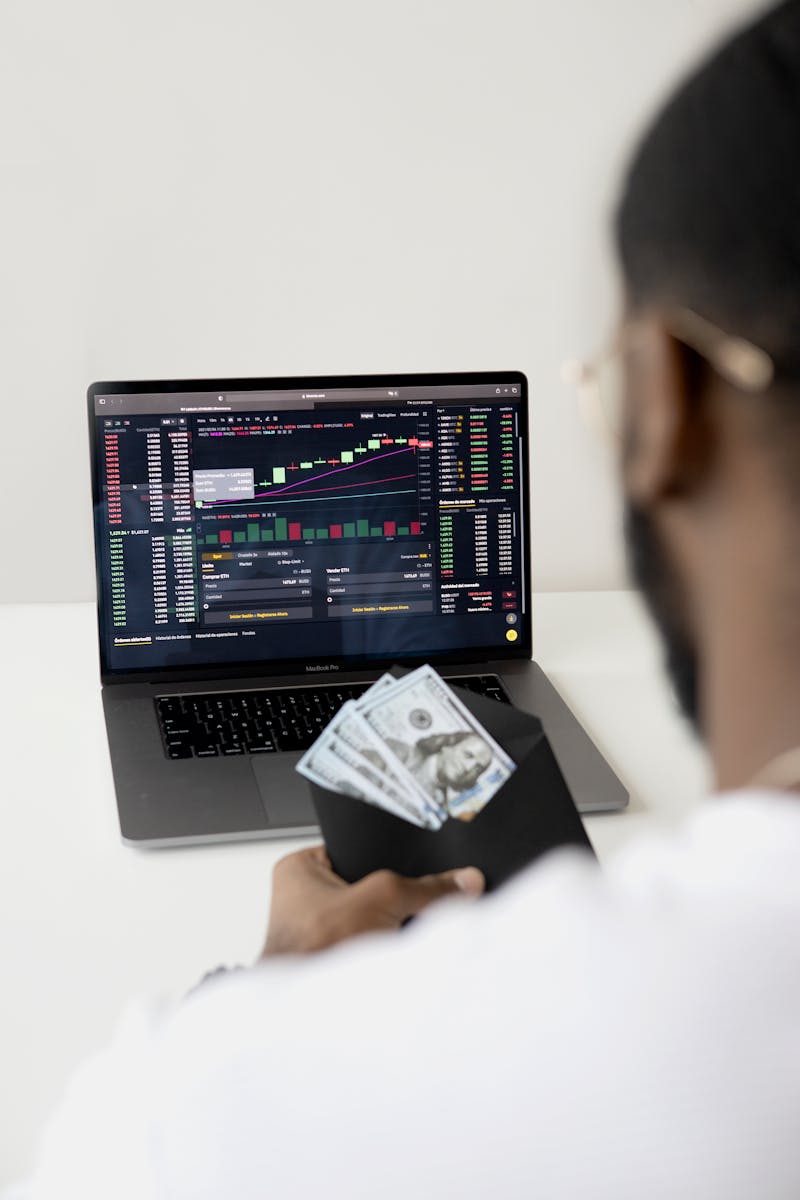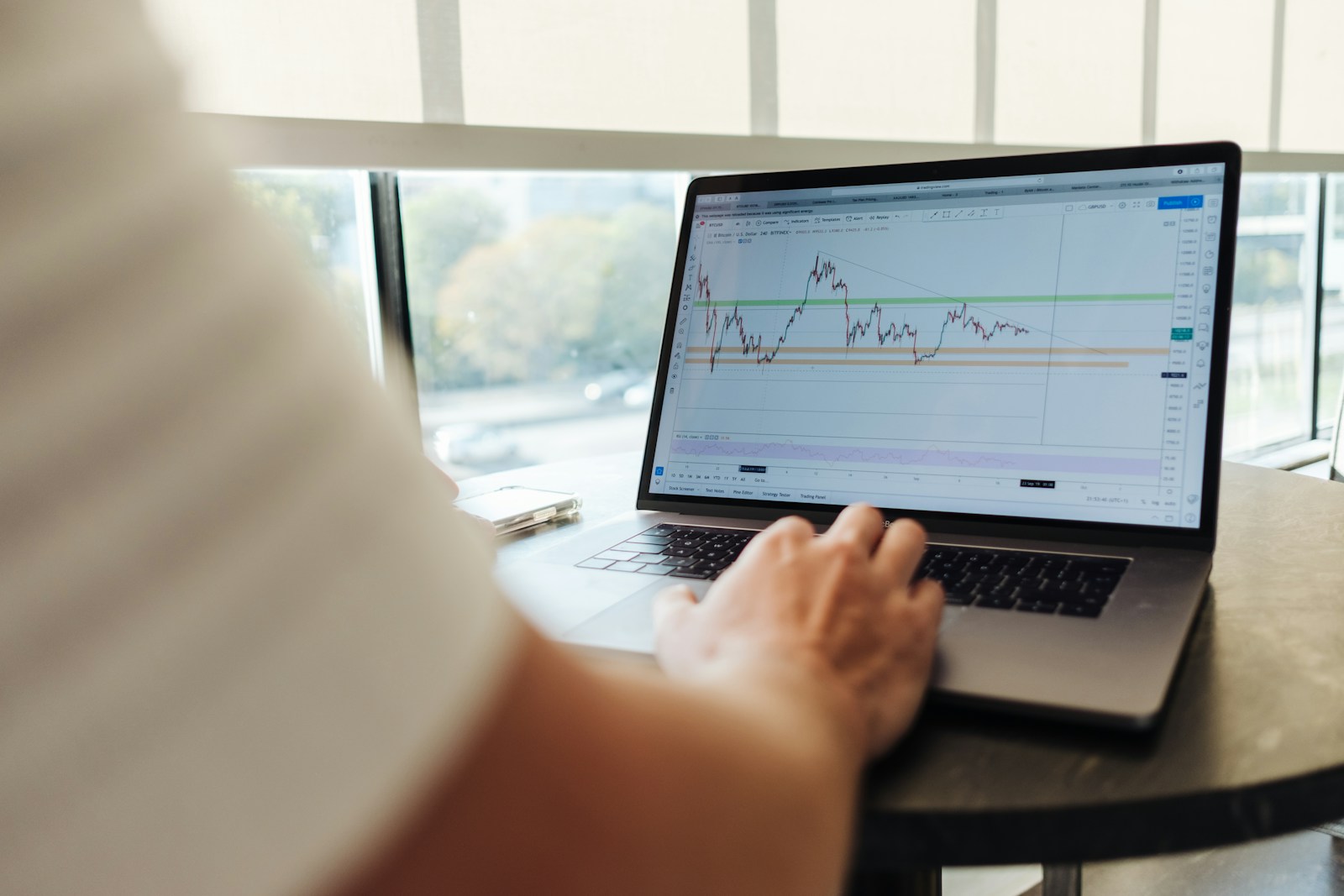Trading is a mentally demanding activity where success often hinges on a trader's ability to manage emotions effectively. One of the most common and potentially destructive emotions traders face is frustration. When left unchecked, frustration can cloud judgment, lead to impulsive decisions, and derail even the most well-thought-out trading strategies.
This article explores how frustration manifests in trading, why it occurs, and how to manage it constructively to maintain a calm and disciplined mindset.
Understanding Frustration in Trading
Frustration typically arises when expectations aren't met. In trading, this can happen due to:
1. Losses Despite Following Your Plan
Losing money, even when trades are executed correctly, can be demoralizing.
2. Missed Opportunities
Watching a trade idea succeed without your participation can trigger feelings of regret and frustration.
3. Choppy Markets
Unpredictable and sideways market movements can cause a series of small, irritating losses.
4. Technical Glitches
Platform errors or internet connectivity issues can exacerbate frustration.
5. Slow Progress
When your account balance isn’t growing as quickly as expected, frustration can set in.
The Impact of Frustration on Trading
Unchecked frustration can severely impact trading performance in several ways:
1. Impulse Trading
Frustration often leads to revenge trading — taking trades without proper analysis in an attempt to recover losses.
2. Overtrading
Traders may enter multiple positions out of desperation, leading to further losses.
3. Ignoring Risk Management
Frustration can cause traders to abandon stop-losses or increase position sizes recklessly.
4. Emotional Fatigue
Prolonged frustration depletes mental energy, leading to poor decision-making and burnout.
Strategies to Manage Frustration in Trading
1. Acknowledge the Emotion
The first step to managing frustration is recognizing and acknowledging it. Pretending it doesn't exist only allows it to fester.
2. Step Away from the Screen
Taking a break can help reset your mindset. Even a few minutes away from the trading platform can provide a fresh perspective.
3. Revisit Your Trading Plan
Review your trading plan to ensure that your trades align with your strategy. Knowing you followed your rules can provide reassurance, even after a loss.
4. Practice Deep Breathing or Mindfulness
Mindfulness techniques, such as deep breathing exercises, can help calm your nervous system and reduce emotional reactivity.
5. Set Realistic Expectations
Understand that losses and missed opportunities are inevitable in trading. Adjust your expectations to focus on executing your strategy well rather than expecting every trade to be profitable.
6. Keep a Trading Journal
Document your trades and the emotions associated with them. Reviewing your journal can help you identify patterns and triggers for frustration, allowing you to develop better coping strategies.
7. Focus on the Long-Term Process
Shift your focus from short-term results to long-term consistency. Frustration often stems from immediate setbacks, which matter less in the context of a broader trading journey.
8. Talk to Other Traders
Engaging with a supportive trading community can provide valuable insights and help you realize that frustration is a common challenge.
9. Use Visualization Techniques
Visualize yourself handling frustrating situations calmly and making rational decisions. This mental rehearsal can improve your response to real trading challenges.
10. Seek Professional Help if Necessary
If frustration becomes overwhelming or leads to significant financial and emotional stress, consider consulting a trading psychologist or mental health professional.
Turning Frustration into Growth
When managed effectively, frustration can be a catalyst for growth. It signals areas where improvement is needed and provides an opportunity to strengthen emotional resilience. For example, if frustration arises from missed opportunities, it may prompt you to refine your entry strategies. If losses trigger frustration, it could lead to a deeper understanding of risk management.
A Real-Life Example: From Frustration to Mastery
Liam, a swing trader, often found himself frustrated by choppy market conditions that caused multiple small losses. Instead of reacting impulsively, Liam decided to step back and analyze his trades. He realized that the market conditions were unsuitable for his strategy and adjusted by adopting a more conservative approach during periods of low volatility.
By managing his frustration constructively, Liam improved his trading performance and developed greater emotional resilience.
Conclusion
Frustration is an inevitable part of trading, but it doesn't have to control your decisions. By acknowledging and managing this emotional trigger, traders can maintain discipline, make better decisions, and turn setbacks into valuable learning experiences.
Remember, trading is as much a psychological game as it is a technical one. Mastering your emotions, including frustration, is a key step toward long-term success in the markets.









